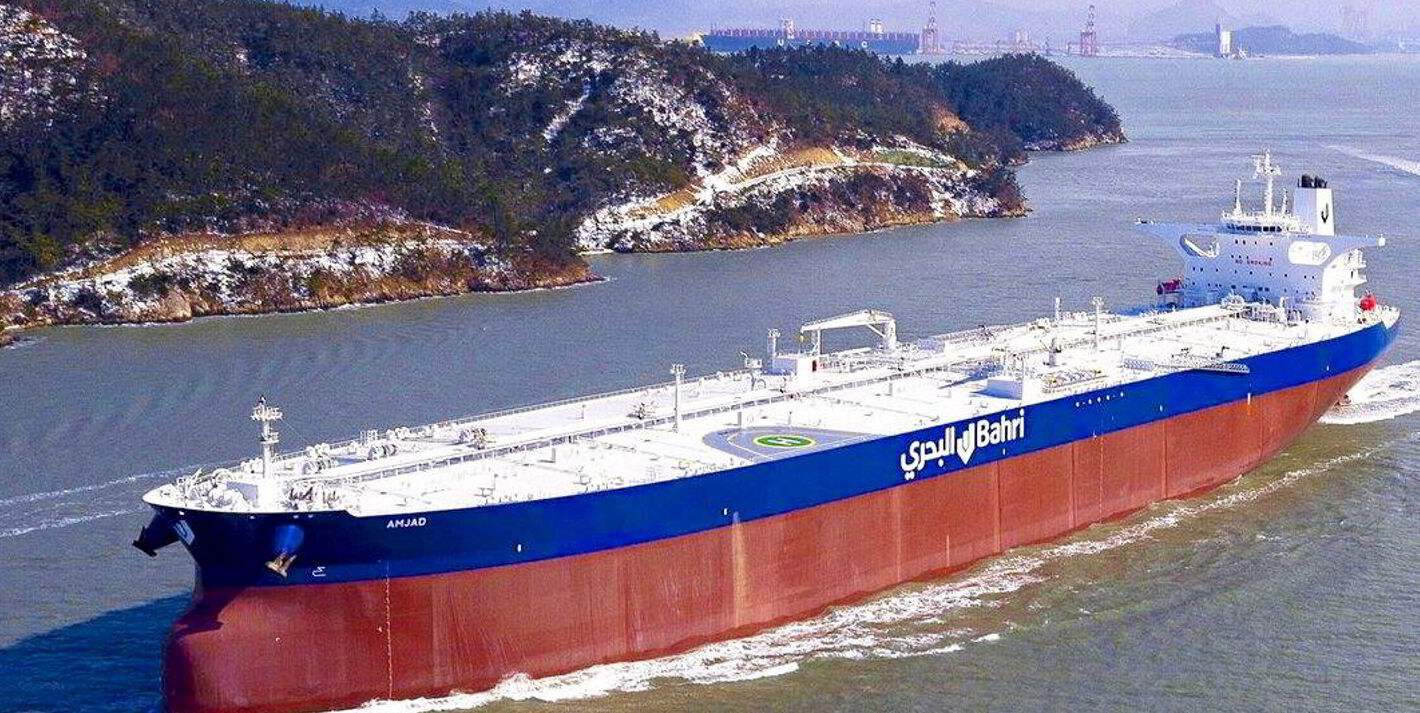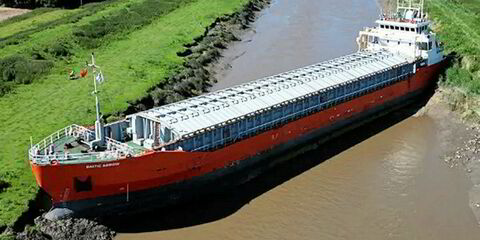Analysts at Clarksons Securities believe VLCC rates could surge to $100,000 per day if each Opec+ member follows through on production rises.
Greek analytics platform Signal Group is also expecting rates to rise as available tonnage begins to shrink.
Clarksons Securities highlighted reports of plans by Saudi Arabia to raise production as positive for tankers.
Opec+ is projected to raise output by about 200,000 barrels per day each month over the next year, potentially driving demand for an additional five VLCCs per month, the investment bank said.
However, it remains uncertain whether all Opec+ members will contribute to the output increase.
“If only Saudi Arabia raises its production, adding around 83,000 bpd per month, it could still create demand for two more VLCCs monthly, or roughly 24 over the next year,” Clarksons Securities said.
This increased demand could boost VLCC spot rates by as much as $20,000 per day, bringing them to around $65,000 per day.
In a more optimistic scenario, in which all Opec+ countries raise output, spot rates could approach $100,000, the company calculated.
Signal Group said the “gradual absorption” of vessel supply is a crucial element to watch into the winter.
“In recent weeks, there have been signs of improvement in vessel utilisation, with the number of available ships beginning to drop below the annual average,” it said.
“This tightening supply-demand balance is expected to further bolster freight rates as fewer ships are available to meet the rising demand.”
Signal has spotted an upward trend in VLCC rates in the last week of September for trips into China from the Middle East.
This signals a strengthening market as the traditionally strong northern hemisphere period approaches, it said.
Signal added: “The momentum currently observed could extend into the coming months, especially as demand for oil typically rises during the colder months to meet heating and industrial needs.
“This seasonal factor, combined with a tightening vessel supply, may push freight rates higher.”
The Baltic Exchange assessment for VLCCs from the Middle East to Asia on Thursday was $32,200 per day, down 18% in a week.
Modern scrubber-fitted ships can earn $10,000 per day more than this, however.
Signal pointed to increased monthly crude shipments from the Middle East to China between August and September.
“As China continues to boost its energy reserves and refineries ramp up their operations, demand for VLCCs is expected to remain robust. The sustained demand from the world’s largest crude importer … will likely support continued upward pressure on rates,” it said.
The company advised market participants to “keep a close eye on how these dynamics evolve, as the potential for a firm freight market heading into the fourth quarter appears increasingly strong”.





